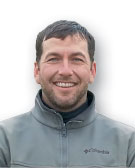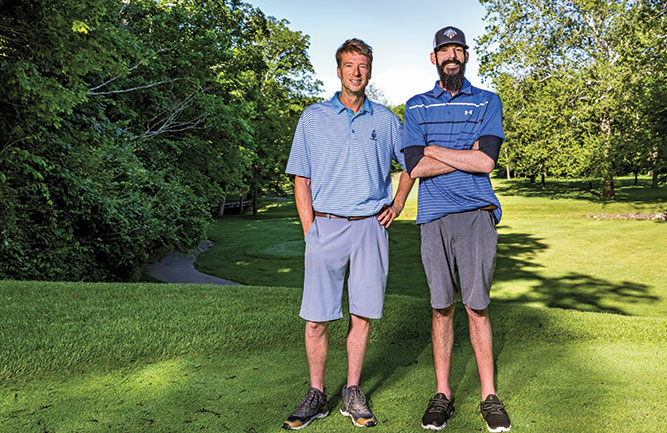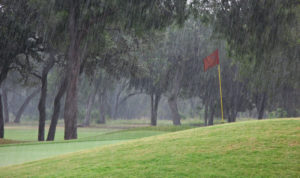These guys are good: Research community critical to the golf industry

Matt Neff
If you live in the north and are anything like me, you’ve pretty much had enough of winter within a few weeks of it starting. The weather is awful, you end up spending way too much time inside, and if you’re really lucky, it snows every weekend you’re on snow duty.
On the plus side are the absolutely classic discussions that can occur when everyone is stuck in the shop for days at a time. Let’s face it, conversations can start going in very strange directions after the umpteenth consecutive hour of sanding and painting ballwashers and tee markers. But at least you usually end up with a few running jokes that will last through the season. (I guarantee there are more than a few guys in this business who have been saddled with unfortunate nicknames as a result of these cabin fever-induced conversations.)
Aside from the “team building,” winter is obviously a time to get things done that fell by the wayside during the past season and prepare for the coming year. One of the things I find myself doing during winter — besides gaining weight — is catching up on trade magazines, research reports, webinars and podcasts. It’s just as important to prepare your mind for the season as it is to prepare the equipment.
I’ve been struck this winter by how important the research community is to this industry. I realize that’s one of those “keen sense of the obvious” statements, but it’s easy to take it for granted. When you consider the fact that all of the agronomic practices we routinely perform were likely once the subject of scientific investigation, their role in this industry comes more into focus.
Take something as common as the USGA green, for example. While there are certainly differing opinions regarding this method, it’s still true that it’s development and evolution is the result of decades of research. The same can be said of practices as fundamental to our agronomic programs as disease, weed, and insect management strategies. These recommendations aren’t random guesses. They are the result of years of rigorous, peer reviewed research. Maybe more important, these developments are sort of a “two way street.” The industry adopts the current best practices while the research community continues to refine these practices based on their own continued research as well as feedback from the practitioners.
Good scientific research is a tremendous undertaking. Maybe the PGA Tour should change their “These guys are good” marketing campaign to “These guys are good because these guys are good” as video of Jordan Spieth winning the Masters cuts away to video of a greens crew doing course prep and some turf plots swarming with scientists. Bad idea? Absolutely, if for no other reason than it completely discounts the amount of practice and skill it takes to become a Tour player. But maybe it would illustrate the point that there is real science behind what we do.
Equally striking to me is how good people in this industry are at disseminating this information via social and conventional media, blogs, webinars and podcasts. There is so much great information at our fingertips now that it’s no wonder it can take all winter to catch up. The accessibility of this information makes it that much easier to stay informed and ultimately make more informed decisions based on solid science. And at the end of the day, the art of good greenkeeping will always be informed by the science.
It’s no small feat to deliver the playing conditions and surfaces that we do. But we would not be able to do it to the level that we are currently able without the work of the research community.










